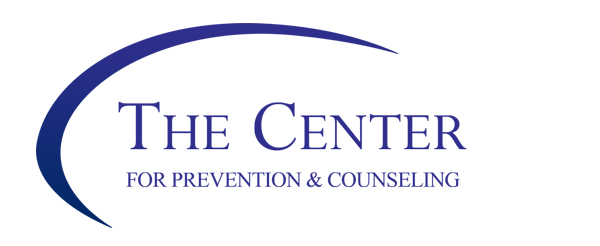Wound Care Supplies
We offer all supplies necessary for the proper at home care of wounds caused by xylazine, or other abscesses, including saline, antibiotic ointment, gauze, adherent bandages etc.
We also offer referrals to wound care providers who have experience with xylazine wounds and the complex struggles that drug users face when accessing medical care. One of our team members can accompany you to medical appointments in order for you to feel safe and advocated for.
Xylazine Wounds
Xylazine wounds are caused by the constriction of blood flow and can develop whether you inject or not. They can appear anywhere on the body, not just at an injection site.
- Small bruises or scabs
- Blisters
- Tiny holes in the skin
- Large open sores
- Dark or black pieces of dead skin
Key points:
- Treating wounds early is key! The body can heal if given the right support.
- Keep wounds clean, moist (but not wet) and covered.
- Do not use products such as alcohol or peroxide because they can dry out the wounds.
- Do not wrap bandages too tight or too thick; just enough to stay securely in place and protect the wounds.
- Xylazine wounds often heal slowly; you can draw a circle around each wound with permanent marker to track whether it is shrinking or growing.
Steps:
- Clean hands with soap and water before touching wounds or wear sterile gloves.
- Gently wash wounds with soap and water, or with saline (water and salt).
- Put ointment (vaseline) on a bandage, then place on wound.
- Wrap with more dry bandages. Make sure bandage is lightly wrapped, not pressing into skin.
- Cover bandage with self-adhesive wrap (sticky on one side) or with long sleeves/pants if you do not have this type of wrap.
- Clean wound and change bandage at least 2-3 days
- Fever or chills
- Severe pain at wound site
- Skin that is red, hard, and hot to touch
- Thick, smelly yellow or green discharge coming out of wound
- Pieces of skin falling off
- Bone is showing
- New numbness (lack of feeling) or tingling on skin
- Inability to move the body part where wound is located
Other Resources
For more information, please contact our 24/7 helpline at 844-722-5327 option 3 or email [email protected].






